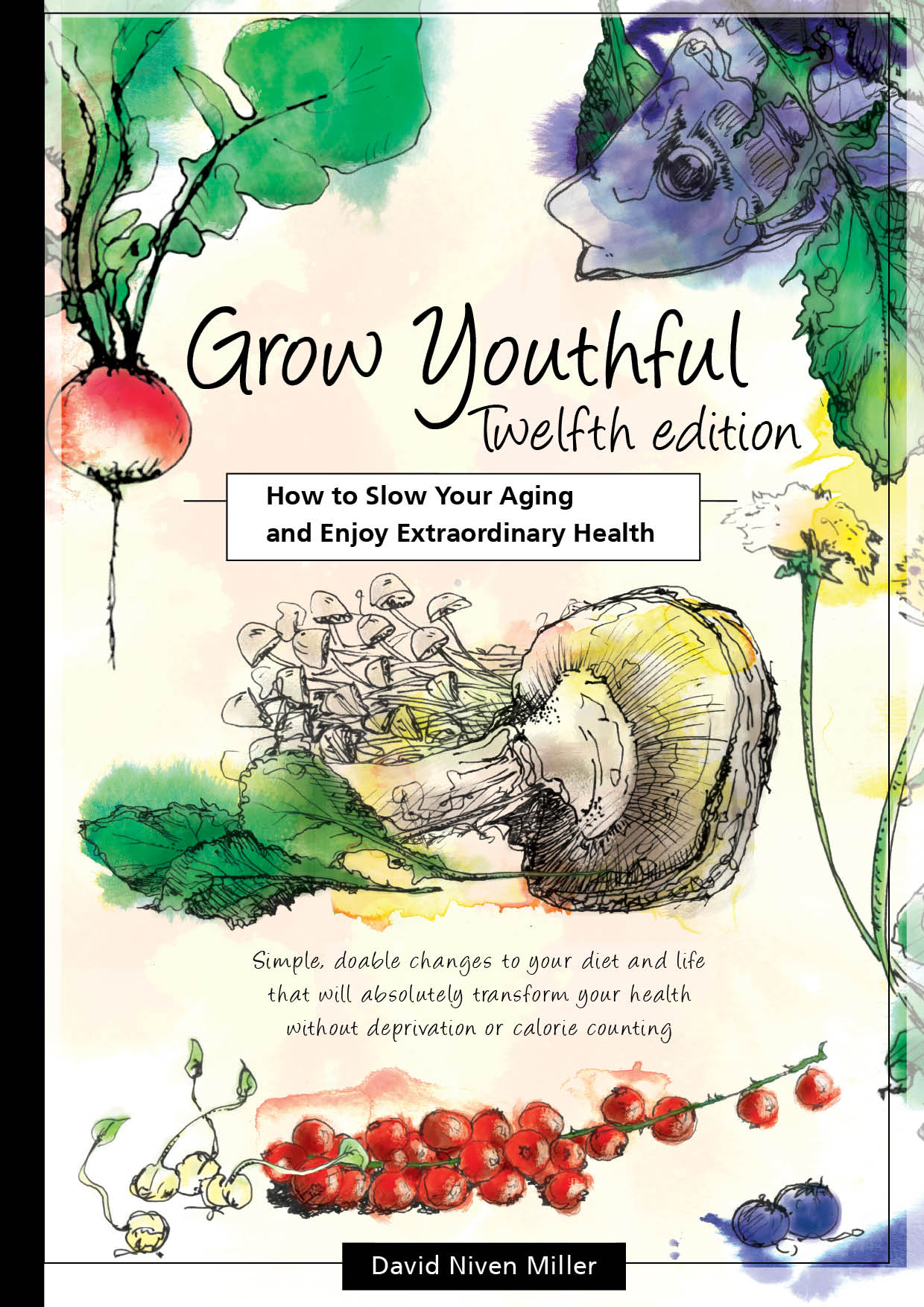
Anaemia / anemia
What is anemia?
Types of anemia
Symptoms of anemia
Causes of anemia
Prevention / remedies / treatment for anemia
References
What is anaemia?
Anaemia is a condition in which there are not enough red blood cells in the blood, or these red blood cells are not carrying oxygen properly. The haemoglobin in red blood cells carries oxygen from the lungs to capillaries all around the body. With anaemia, there is not enough healthy haemoglobin to carry oxygen around the body to supply the organs. This chronic lack of oxygen has a wide range of clinical consequences.
Anaemia is the most common disorder of the blood.
Types of anaemia
- From excessive bleeding. Bleeding disorders such as heavy menstrual bleeding, bleeding haemorrhoids or bleeding gums can cause anaemia. If your iron level is very low, the cause may be bleeding from the gastrointestinal tract caused by taking aspirin, non-steroidal anti-inflammatory drugs such as ibuprofen, ulcers, haemorrhoids, inflammatory disorders, colitis or colon cancer.
- From increased red blood cell destruction.
- From insufficient red blood cell production.
Symptoms of anaemia
- Weakness.
- Fatigue, tire easily, weak muscles.
- General malaise.
- Poor concentration, irritable, foggy thinking.
- Pale skin, mucosal linings and nail beds.
- Shortness of breath.
- Dizziness, vertigo.
- Raised blood pressure, heart palpitations.
- Immune system impaired.
- Itchy skin.
- Hair loss.
- Tinnitus.
- Restless legs syndrome (usually in those with iron-deficiency anaemia).
- Impaired neurological development in infants, and reduced mental performance in older children.
- With severe anaemia, the heart may try to compensate for the lack of oxygen with a faster pulse and various signs of stress.
Symptoms of chronic or severe anaemia:
Causes of anaemia
- Copper deficiency. Copper is required to assimilate iron. Anaemia is frequently a sign of copper deficiency, causing the iron metabolism not to work properly. Iron may accumulate in the livers of those who are copper-deficient. (3)
- Iron deficiency. A deficiency of iron in the body is rare. For most people, iron excess/overload is a common problem. Possible causes of iron deficiency include:
- Parasitic infestation (hookworms, amebiasis, schistosomiasis and whipworms). Worldwide, such parasites are the most common cause of iron deficiency anemia. (2)
- Heavy menstrual periods. In the USA, 12% of all women of childbearing age have iron deficiency, compared with only 2% of adult men. (1)
- Blood loss from the digestive tract. Among older people there is a higher risk that anaemia caused by bleeding from the gastrointestinal tract could be due to colon polyps or colorectal cancer.
- Frequent blood donations.
- Insufficient iron in the diet. This is very unusual. Those on a modern diet of processed foods and lean meat get plenty of iron. Traditional diets also provide sufficient iron. It is more likely that you are copper deficient, with the lack of copper causing an inability to properly use the iron in the body. (3)
- Some types of iron deficiency may be caused by a reduced capacity to convert stored ferric iron (ferritin) to the active ferrous form. The cause may be a deficiency of vitamin B6 and B12, folic acid, copper, zinc and molybdenum.
- Inability to absorb iron.
- Pharmaceutical drugs such as Methotrexate, zidovudine, and other drugs.
- Various chronic diseases such as jaundice, some other liver diseases, hypothyroidism, kidney disease, endocrine disorders and bone marrow failure.
- Pyroluria.
- Lead toxicity. See heavy metal poisoning.
- Chronic inflammation.
- Hereditary defects including sickle-cell disease.
- Deficiency of vitamin B12 (pernicious anaemia) and / or folate from diet or the inability to absorb them.
- Excessive sodium or fluid intake.
Prevention / remedies / treatment for anaemia
It is important that the cause of the anaemia (and whether the ailment is actually anaemia) is identified before starting any treatment. This is particularly because supplementing with iron can be harmful if blood iron levels are normal.
- A health professional can check red blood cell size with a microscope. Additional blood metrics require a blood sample to be sent to a pathology lab.
- Iron, either as a supplement or in high-iron foods like red meat, liver and molasses.
- A little vitamin C increases the rate of absorption of iron four to six fold. If you are low in iron it is effective to supplement with vitamin C rather than iron itself. A fresh orange, lemon or guava for example, is highly effective.
- Check for excessive bleeding / blood loss - menstrual, bleeding in the digestive tract from colitis or colon cancer, or haemorrhoids. If you are using aspirin or non-steroidal anti-inflammatory drugs such as ibuprofen try cutting them out.
- See details of remedies recommended by Grow Youthful visitors, and their experience with them.
References
1. Iron Deficiency - United States, 1999-2000
MMWR 51 (40): 897-899. October 11, 2002.
2. Iron Deficiency Anaemia. Assessment, Prevention and Control. A guide for programme managers.
World Health Organisation.
3. Hart, EB, H Steenbock, J Waddell, CA Elvehjem. "Iron in nutrition. VII. Copper as a supplement to iron for hemoglobin building in the rat. 1928." J Biol Chem 277, no. 34 (2002): e22.
